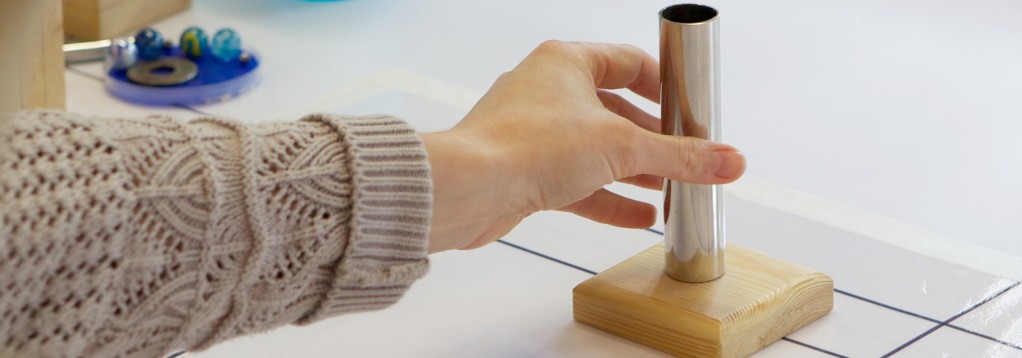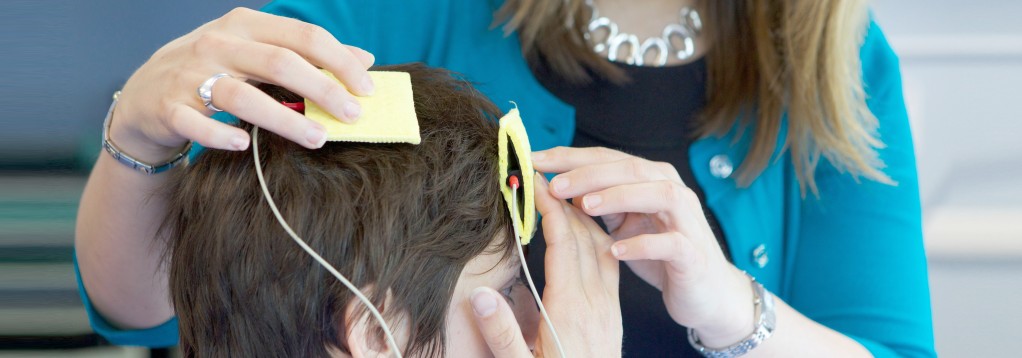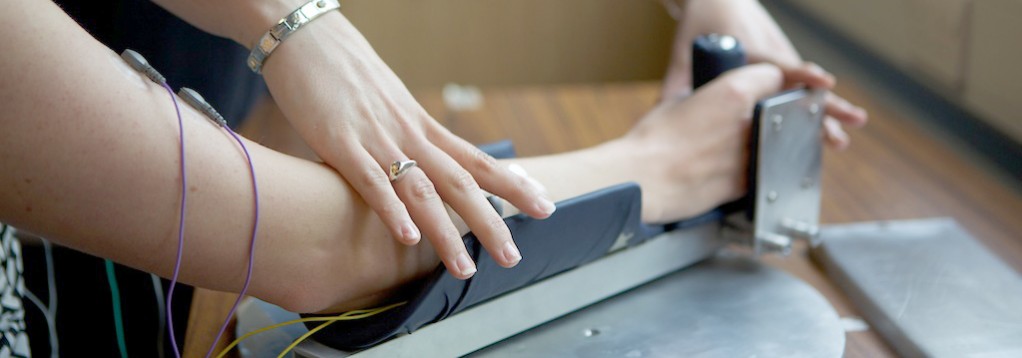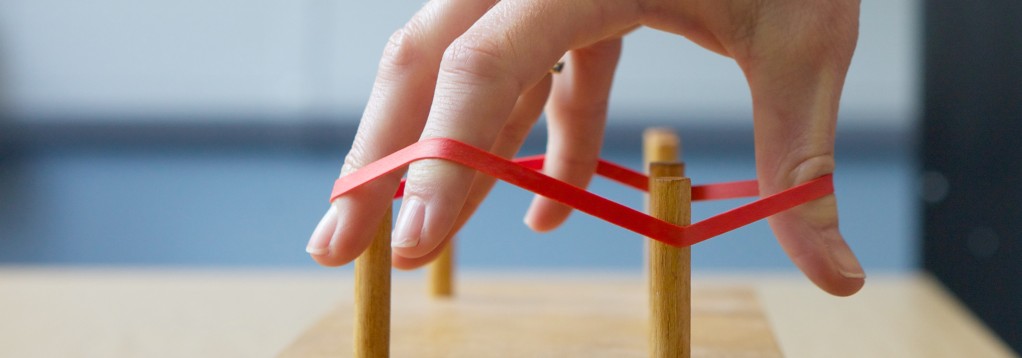Decoding neural representations of human tool use from fMRI response patterns
Research Team: Dr. Stephanie Rossit (PI) & Dr. Fraser W Smith (Co-PI)
Key Contact: S.Rossit@uea.ac.uk
Funding body: Bial Foundation (Portugal), website:
https://www.bial.com/en/bial_foundation.11/foundation.15/bial_foundation.a36.html
Amount: 47510€
Summary:
Complex tool use (such as using a knife) is considered a typical human behaviour and its emergence is believed to be a critical step in the evolution of primates, even thought to delineate the appearance of Homo sapiens. This project will provide a novel investigation of the underlying neural representations of real hand actions towards 3D tools in the human brain, by implementing cutting-edge functional magnetic resonance imaging (fMRI) techniques, state-of-the-art multivoxel pattern analysis methods (MVPA) as well as advanced motion-tracking methods. Importantly, rather than presenting ungraspable pictures of objects on a flat 2D screen or having subjects imagine or pretend to do tool use acts, this project will actually involve participants performing hand actions directed at 3D tools, as would be the case in the natural environment.
This research will involve measuring the brain activity of participants while they perform real actions towards 3D-printed tools inside the 3T MRI scanner at NNUH using a purpose built ‘real action’ set-up (see Fig.1) as well as measuring their hand movements using motion-tracking equipment at the Vision & Action Laboratory (School of Psychology). The knowledge from healthy subjects will help us understand how goal-directed actions are disrupted in brain-damaged patients, specifically in patients who suffer from motor deficits (hemiparesis, apraxia).
In addition, developments in technologies (neural prosthetics) may one day enable patients, for example amputees or patients with spinal cord injury, to use brain signals fed into a computer chip to control movements of an artificial arm. Our research will provide an important stepping stone for such technology: we are developing a more realistic understanding of the brain networks involved in controlling tool use. Importantly our research studies involve naturalistic actions performed on real objects, factors that are critical in bridging the gap between basic research and everyday life.




